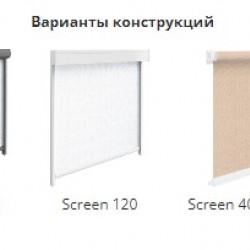There are several types of bioclimatic pergolas, which may differ in design and functionality:
Classic bioclimatic pergola: has adjustable slats that can open and close to adjust the level of lighting and ventilation.
Retractable bioclimatic pergola: has adjustable slats that can move in one or two directions, allowing you to open the upper part of the structure.
Various materials can be used in the walls of the bioclimatic pergola, including:
Glass: Glass panels can be transparent, matte or tinted, which allows you to control the amount of light and heat passing through the walls of the pergola.
Aluminum panels: Aluminum is one of the main materials used for the manufacture of bioclimatic pergolas. Aluminum panels can be of various colors and shades, which allows them to be easily combined with other design elements.
Wood: wooden panels can give the pergola a natural look and create an atmosphere of comfort and warmth. However, the tree requires regular maintenance and processing to maintain its appearance and durability.
Fabric: Fabric walls can create a cozy and protected atmosphere. The fabric can be removable and easy to clean, which makes it easier to care for the pergola.
Other materials: various materials can also be used, such as plastic, composite panels, etc., depending on design preferences and functional requirements.
Glazing can be either along the perimeter of the pergola, or only on one or several walls. This helps to protect against wind, cold, rain and snow, which ensures a more comfortable use of the pergola at any time of the year. In addition, glazing can increase the efficiency of the bioclimatic pergola, providing additional heat exchange between the room and the environment.
bioclimatic pergola, various additional accessories can be offered. Some of them may include:
Lighting: LED lamps that can be installed in the lamellas of the pergola to create a cozy atmosphere in the dark.
Additional automation systems: can include pergola control via remote control or smartphone, as well as automatic rain protection.
Fabric awnings: can be used to protect from the sun and provide additional shade.
Heating: Some pergolas can be equipped with a heating system, which will provide a comfortable temperature on cool days.
Insect shields: Can be used to protect against insects during the hot summer months.
Audio systems: Can be installed to listen to music or other sound effects in the pergola.




















